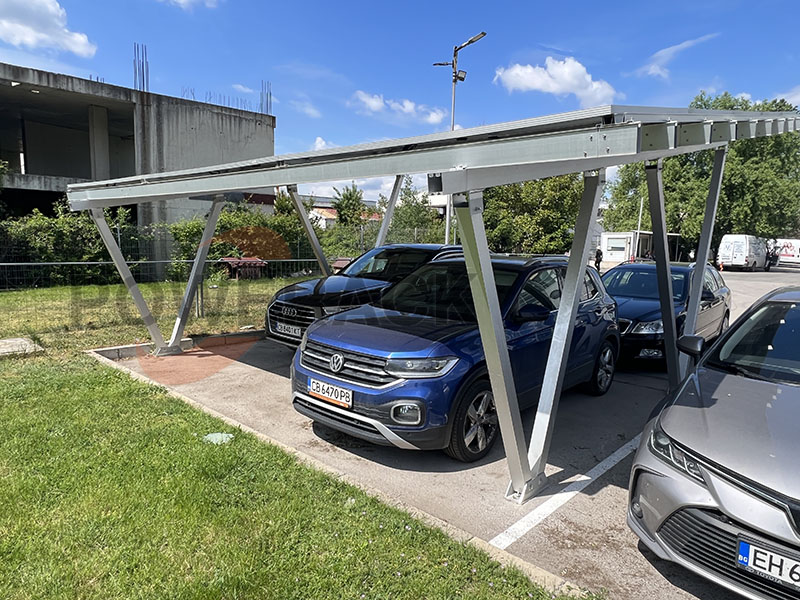
BIPV (Building Integrated Photovoltaics) is a technology that integrates solar photovoltaic modules with building structures. By replacing traditional building materials with photovoltaic materials, it combines power generation and energy-saving functions in buildings. Its core features and applications are as follows:
1. Definition and Technical Characteristics
BIPV integrates photovoltaic modules into building envelopes such as roofs, exterior walls, and curtain walls, replacing traditional building materials to achieve a dual combination of power generation and architectural functions. Its technical forms include photovoltaic arrays integrated with buildings (e.g., photovoltaic roof tiles, curtain walls) and photovoltaic modules integrated with buildings (e.g., photovoltaic tiles, photovoltaic curtain walls). For example, BIPV can replace traditional materials such as glass and tiles, combining power generation with architectural aesthetics.
2. Advantages and Applications
Green Energy and Energy Efficiency: BIPV harnesses solar energy for electricity generation, reducing reliance on fossil fuels and lowering building energy consumption. Additionally, photovoltaic power generation helps reduce operational costs for buildings. For example, BIPV can reduce air conditioning loads in buildings, thereby achieving energy efficiency.
Space and cost advantages: BIPV does not occupy additional land and is suitable for urban buildings, especially for installation in unused spaces such as rooftops and exterior walls, saving land resources. Its initial cost may be high, but its long-term operating costs are low.
Wide range of applications: BIPV is suitable for residential, commercial, and public buildings, such as roofs, curtain walls, and shading systems, and is particularly widely used in flat roofs, sloping roofs, and photovoltaic curtain walls.
3. Market and Development Trends
The BIPV market is growing rapidly and is expected to maintain a high growth rate in the coming years (e.g., the market size is expected to reach US$7 billion in 2024, with a compound annual growth rate of 18.8%). Its application areas include Olympic venues, commercial buildings, etc., and future research directions include smart buildings, energy management, etc.
4. Challenges
Although BIPV has significant advantages, it faces issues such as high costs, technical complexity, and material durability. Further scientific research and technological improvements are needed to reduce costs and improve performance.
BIPV achieves a balance between energy efficiency, aesthetics, and power generation through integrated design and high-performance mounting systems, driving the development of photovoltaic technology toward greater efficiency and sustainability.